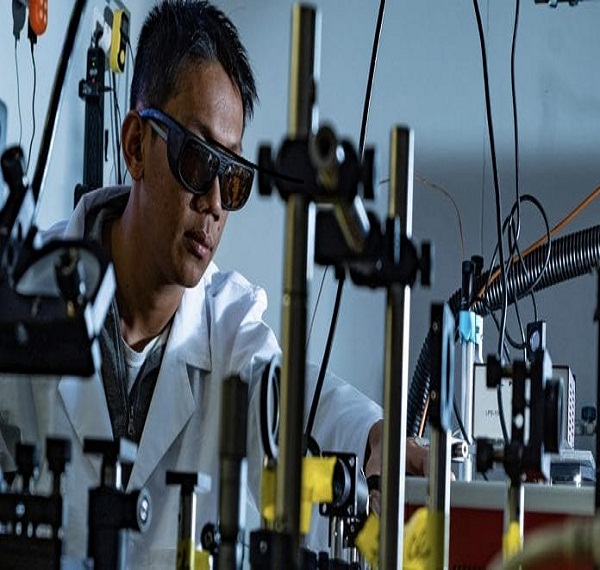Engineers at Rice University, Texas, have developed a light powered nanoparticle that can minimise the carbon footprint within the chemical industry.
The particle, discovered by Rice University, is the key component in a green process for making synthetic gas (syngas), a valuable chemical feedstock used to make fuel and fertiliser. Researchers from Rice University collaborated with University of California, Los Angeles, and University of California, Santa Barbara to examine the low-energy, low-temperature syngas production process.
“Syngas can be made in many ways, but one of those, methane dry reforming, is increasingly important because the chemical inputs are methane and carbon dioxide, two potent and problematic greenhouse gases,” said Rice chemist and engineer Naomi Halas, a co-corresponding author on the paper.
Syngas is a mix of carbon monoxide and hydrogen gas that can be made from coal, biomass, natural gas and other sources. Produced at hundreds gasification plants globally, syngas is used to create fuels and chemicals worth more that €41.3 bn per year, according to a 2017 study conducted by BCC Research.
The use of catalysts is crucial for gasification. Current gasification plants typically use steam and catalysts to break hydrocarbons. The hydrogen atoms pair to form hydrogen gas, and the carbon atoms combine with oxygen in the form of carbon monoxide. In dry reforming, the oxygen atoms come from carbon dioxide rather than steam. However, dry reforming is typically unappealing due to it requiring high temperature and more energy that steam based methods.
After years of study, Halas created light-activated nanoparticles that insert energy into chemical reactions with surgical precision. Halas’ team, in 2011, showed they could boost the number of high-energy electrons called ‘hot carriers’ that care created when light strikes metal, in 2016 the team unveiled the first of several ‘antenna reactors’ that use hot carriers to drive catalysis.
“High efficiency is important for this reaction, but stability is even more important,” said study first author Linan Zhou, a postdoctoral researcher at Rice’s Laboratory for Nanophotonics (LANP). “If you tell a person in industry that you have a really efficient catalyst they are going to ask, ‘How long can it last?’”
Source: scitecheuropa










